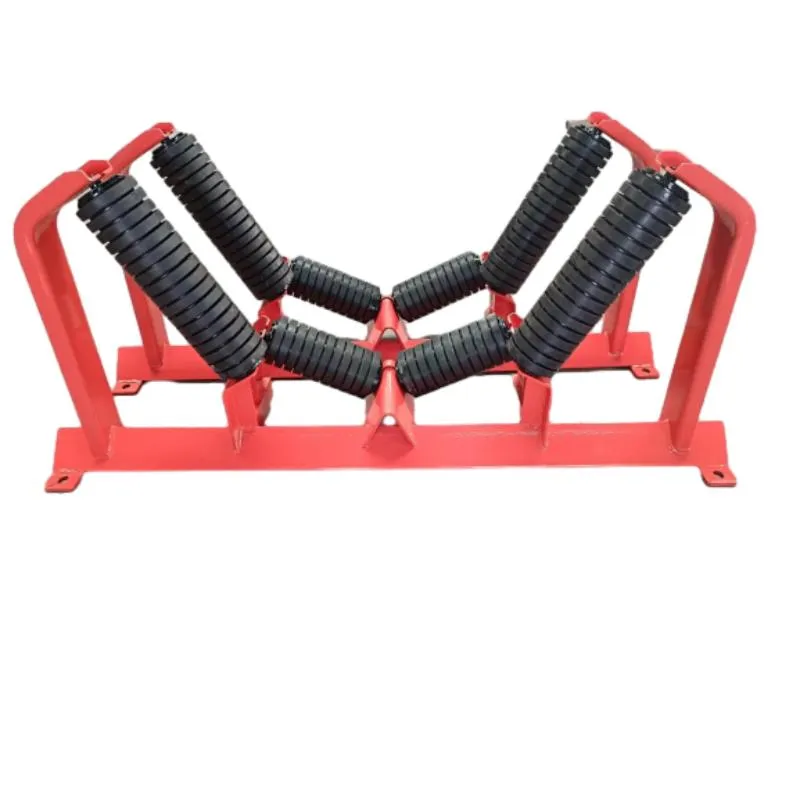 Afrikaans
Afrikaans  Albanian
Albanian  Amharic
Amharic  Arabic
Arabic  Armenian
Armenian  Azerbaijani
Azerbaijani  Basque
Basque  Belarusian
Belarusian  Bengali
Bengali  Bosnian
Bosnian  Bulgarian
Bulgarian  Catalan
Catalan  Cebuano
Cebuano  Corsican
Corsican  Croatian
Croatian  Czech
Czech  Danish
Danish  Dutch
Dutch  English
English  Esperanto
Esperanto  Estonian
Estonian  Finnish
Finnish  French
French  Frisian
Frisian  Galician
Galician  Georgian
Georgian  German
German  Greek
Greek  Gujarati
Gujarati  Haitian Creole
Haitian Creole  hausa
hausa  hawaiian
hawaiian  Hebrew
Hebrew  Hindi
Hindi  Miao
Miao  Hungarian
Hungarian  Icelandic
Icelandic  igbo
igbo  Indonesian
Indonesian  irish
irish  Italian
Italian  Japanese
Japanese  Javanese
Javanese  Kannada
Kannada  kazakh
kazakh  Khmer
Khmer  Rwandese
Rwandese  Korean
Korean  Kurdish
Kurdish  Kyrgyz
Kyrgyz  Lao
Lao  Latin
Latin  Latvian
Latvian  Lithuanian
Lithuanian  Luxembourgish
Luxembourgish  Macedonian
Macedonian  Malgashi
Malgashi  Malay
Malay  Malayalam
Malayalam  Maltese
Maltese  Maori
Maori  Marathi
Marathi  Mongolian
Mongolian  Myanmar
Myanmar  Nepali
Nepali  Norwegian
Norwegian  Norwegian
Norwegian  Occitan
Occitan  Pashto
Pashto  Persian
Persian  Polish
Polish  Portuguese
Portuguese  Punjabi
Punjabi  Romanian
Romanian  Russian
Russian  Samoan
Samoan  Scottish Gaelic
Scottish Gaelic  Serbian
Serbian  Sesotho
Sesotho  Shona
Shona  Sindhi
Sindhi  Sinhala
Sinhala  Slovak
Slovak  Slovenian
Slovenian  Somali
Somali  Spanish
Spanish  Sundanese
Sundanese  Swahili
Swahili  Swedish
Swedish  Tagalog
Tagalog  Tajik
Tajik  Tamil
Tamil  Tatar
Tatar  Telugu
Telugu  Thai
Thai  Turkish
Turkish  Turkmen
Turkmen  Ukrainian
Ukrainian  Urdu
Urdu  Uighur
Uighur  Uzbek
Uzbek  Vietnamese
Vietnamese  Welsh
Welsh  Bantu
Bantu  Yiddish
Yiddish  Yoruba
Yoruba  Zulu
Zulu conveyor training idlers
Conveyor systems are a vital component in many industries, facilitating the efficient movement of materials from one point to another. Among the many components that comprise a conveyor system, idlers play a crucial role. Idlers are the rollers that support the conveyor belt and are instrumental in reducing friction, ensuring smooth operation, and increasing the longevity of the conveyor system. In this article, we will explore the importance of conveyor training idlers, their types, and best practices for maintenance.
Understanding Conveyor Training Idlers
Training idlers, also known as tracking idlers, are specialized rollers designed to keep the conveyor belt aligned and properly positioned throughout its operation. They are generally installed at strategic points along the conveyor system, particularly where the belt is prone to misalignment. Misalignment can lead to significant issues, including belt wear, slippage, and even failure of the entire system.
Correctly positioned training idlers ensure that the belt runs straight, preventing it from drifting off-center. This alignment is crucial not only for the longevity of the belt itself but also for the overall efficiency of the conveyor system. When the belt runs properly, it minimizes wear and tear on other components, reducing downtime and repair costs.
Types of Conveyor Training Idlers
There are several types of training idlers, each designed for specific applications and conveyor configurations
. Two of the most common types are the adjustable training idler and the self-aligning training idler.1. Adjustable Training Idlers These idlers can be manually adjusted to achieve the desired belt alignment. They are typically used in situations where the conveyor experiences frequent changes in load or where the belt is susceptible to shifting.
2. Self-Aligning Training Idlers These idlers are designed to automatically correct the belt alignment. They use a dynamic mechanism that senses the position of the belt and adjusts accordingly. Self-aligning idlers are particularly useful in high-tonnage applications where continuous operation is essential.
Best Practices for Maintaining Training Idlers
conveyor training idlers

To ensure the optimal performance of training idlers, regular maintenance is critical. Here are some best practices
1. Regular Inspections Conduct routine inspections of idlers to check for wear and tear. Look for signs of misalignment, excessive friction, or physical damage.
2. Lubrication Proper lubrication of the idler bearings is essential for smooth operation. Ensure that the lubricant is suitable for the specific operational environment to minimize corrosion and wear.
3. Cleaning Keep the idlers clean from debris and material buildup that can cause imbalance and misalignment. This is especially important in environments where dust or fine particles might accumulate.
4. Alignment Checks Frequently check the belt’s alignment and make adjustments as needed. An aligned belt will reduce stress on the system and improve durability.
5. Replacement Identify when idlers need to be replaced. Over time, idlers can wear down or become damaged, affecting overall system performance. Timely replacement can prevent larger issues down the line.
Conclusion
Conveyor training idlers are essential components that contribute to the overall efficiency and reliability of conveyor systems. By understanding their function, types, and maintenance requirements, operators can ensure that their conveyor systems run smoothly, ultimately leading to increased productivity and reduced operational costs. Regular attention to these idlers not only extends their lifespan but also enhances the performance of the entire conveyor system, making them a worthy investment in industrial applications.
-
Revolutionizing Conveyor Reliability with Advanced Rubber Lagging PulleysNewsJul.22,2025
-
Powering Precision and Durability with Expert Manufacturers of Conveyor ComponentsNewsJul.22,2025
-
Optimizing Conveyor Systems with Advanced Conveyor AccessoriesNewsJul.22,2025
-
Maximize Conveyor Efficiency with Quality Conveyor Idler PulleysNewsJul.22,2025
-
Future-Proof Your Conveyor System with High-Performance Polyurethane RollerNewsJul.22,2025
-
Driving Efficiency Forward with Quality Idlers and RollersNewsJul.22,2025





























